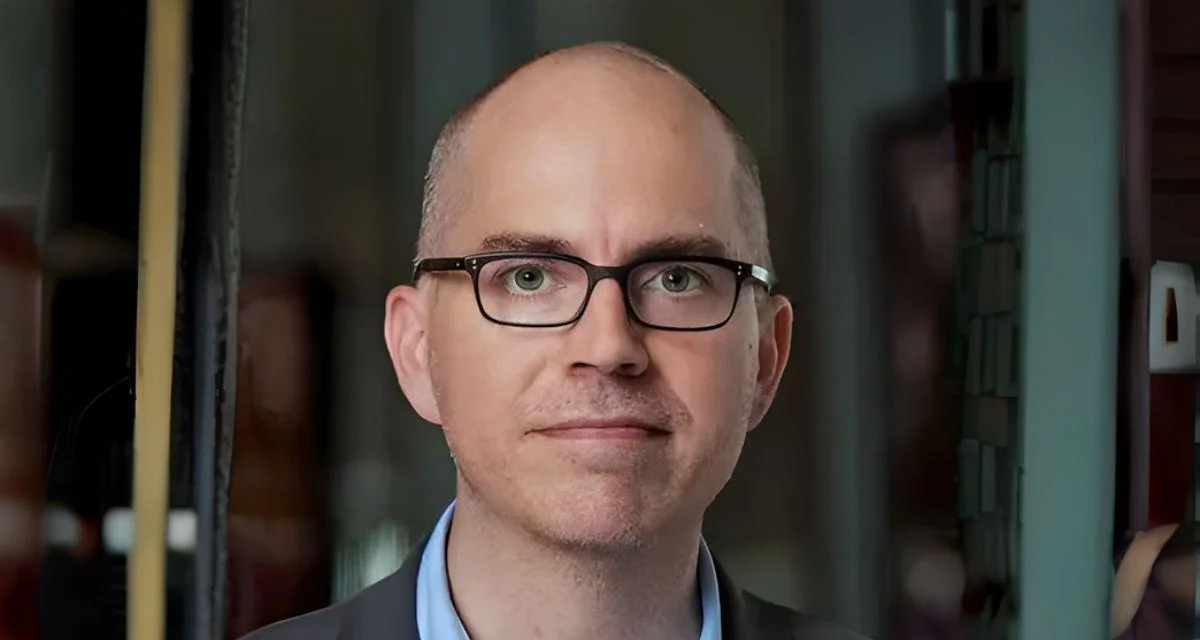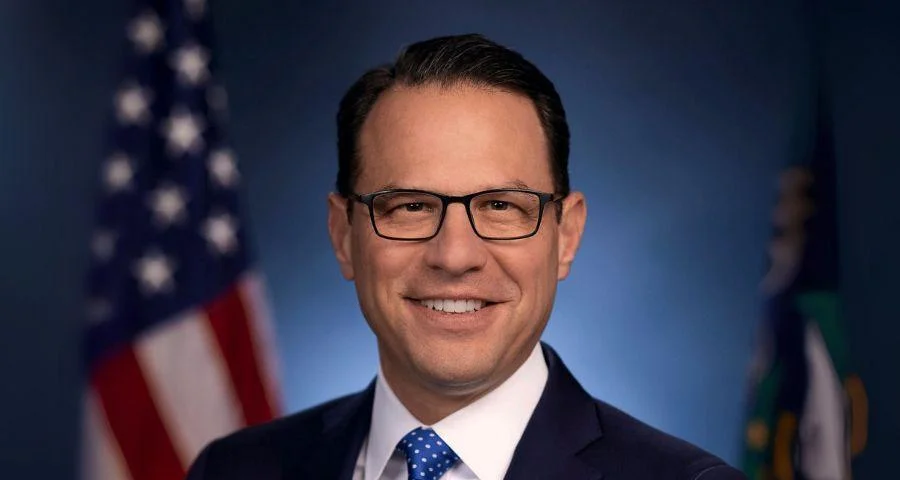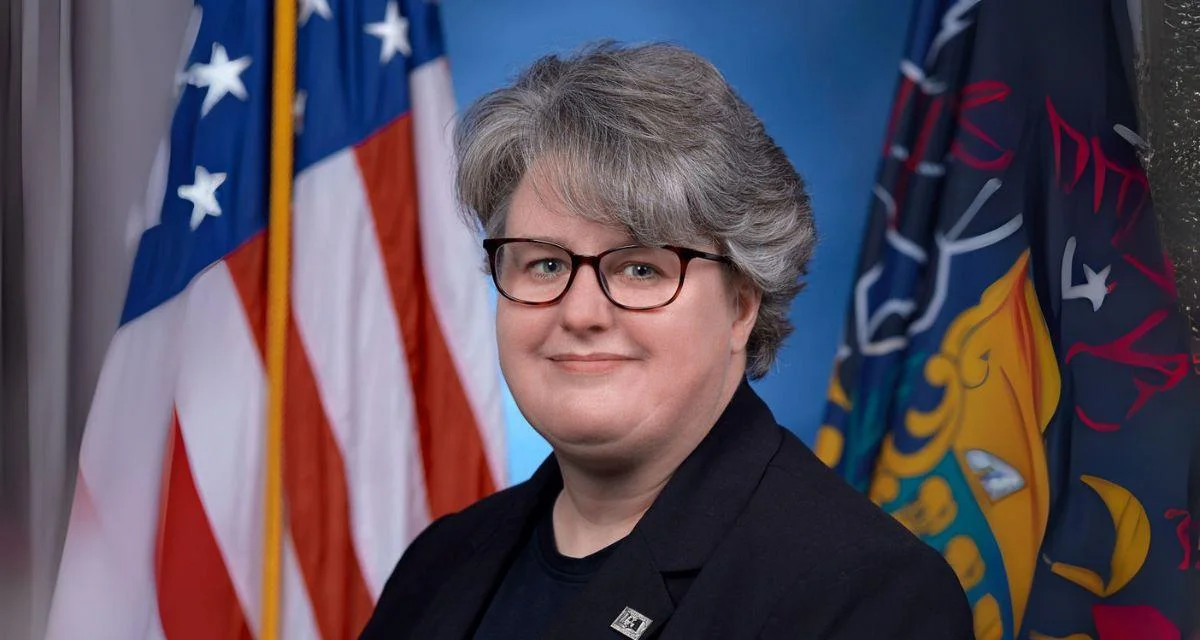
Stela Patron Senior Director, Business + Development | Official Website
For many students across public schools, the end of the school day marks a transition to afterschool programs where they engage in academic, social, and creative activities. These programs play a substantial role in providing child care and a safe space until parents can pick up their children.
However, there is growing concern among afterschool program providers about the longevity of their funding. A combination of budget deficits in school districts, the reduction of federal pandemic relief funds, and earlier cuts in education funding by the Trump administration has prompted fears about sustainability. According to the Afterschool Alliance's survey of over 1,200 providers conducted in fall 2024, about 80% of respondents are apprehensive about future funding.
Nikki Yamashiro, vice president of research at the Afterschool Alliance, explains the situation: “Programs are getting back to normal, right where they were before pre-pandemic levels, that they're providing a lot of valuable support for the kids and families that they serve. But they're really struggling to meet demand, they're facing challenges like worries about sustainability, and so we need to find more ways to provide the support that they need.”
The challenge of securing long-term funding is prevalent. The report indicates that around 63% of survey participants are anxious about losing existing funding. With emergency pandemic relief funds now depleted, only 14% of providers received such funds in 2024, which is a decrease from 20% in 2021. This decrease in emergency funding has led to concerns about staffing reductions and the potential for increased fees for parents.
Programs, particularly those serving low-income students or students of color, express heightened concern about funding loss. This was evident when Baltimore City Schools had to abruptly end numerous tutoring and afterschool programs after failing to receive reimbursement for significant pandemic-related spending.
Despite these challenges, demand for afterschool programs remains high. Survey data reveals that only a quarter of programs have returned to pre-pandemic capacity, with close to a third now serving more students than before 2020. However, many programs are unable to meet the demand, as a quarter face reduced capacity, and about 53% maintain waiting lists.
In regions like Berkeley, California, and Northern Michigan, the pressure on afterschool program availability is acute. Parents in Berkeley are advocating against staff layoffs in afterschool programs, while in Northern Michigan, a significant number of children lack access to these resources.
Amidst these issues, questions arise about why funding has not sufficiently expanded to meet the demand. “That's the million-dollar question,” Yamashiro remarks. “We know that programs are in high demand. We know families want more access to these programs.”
Voter support for afterschool programs is strong; a poll by the Afterschool Alliance found 90% of registered voters consider these programs essential, with 80% favoring increased funding by elected officials. “Our hope is that elected leaders hear that,” says Yamashiro, noting some states are shifting more funds toward afterschool and summer programs, but more support is needed.
Beyond academics and child care, afterschool programs address students' mental health and social-emotional well-being and offer activities that ease these concerns. Nonetheless, providers express worry over students' increased screen time and missed opportunities for social connection, especially among programs serving low-income communities. A survey respondent expressed, “Kids are experiencing more mental health, social/emotional needs than ever before in the history of our program. I am so worried for our kids, and we don’t have enough staff or resources to adequately help them.”





 Alerts Sign-up
Alerts Sign-up